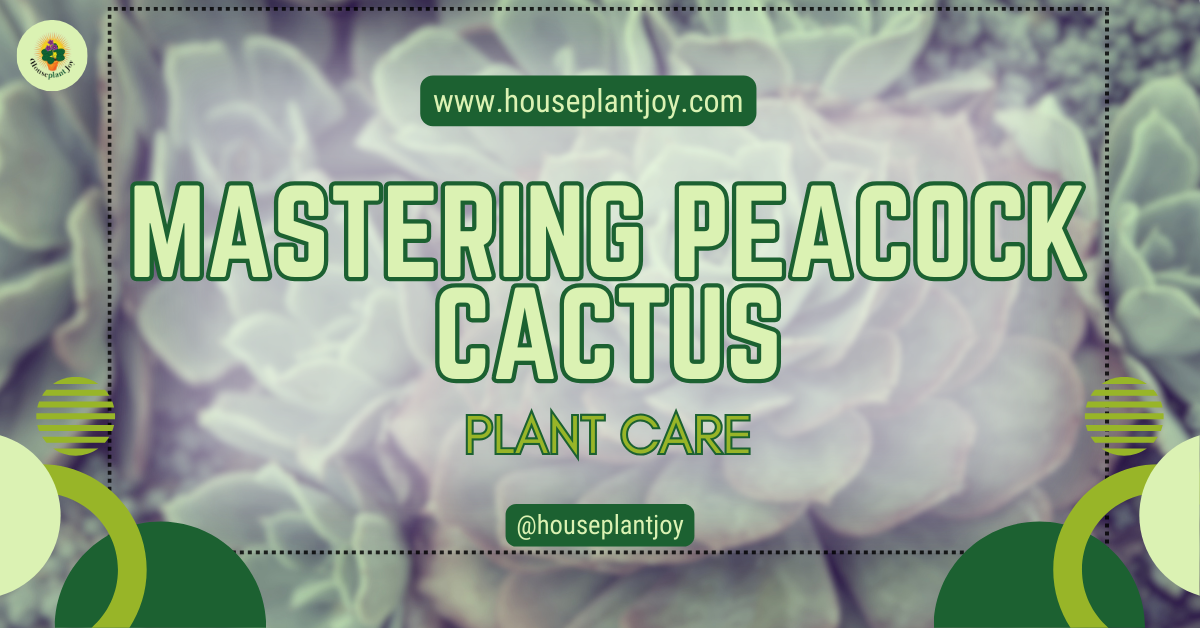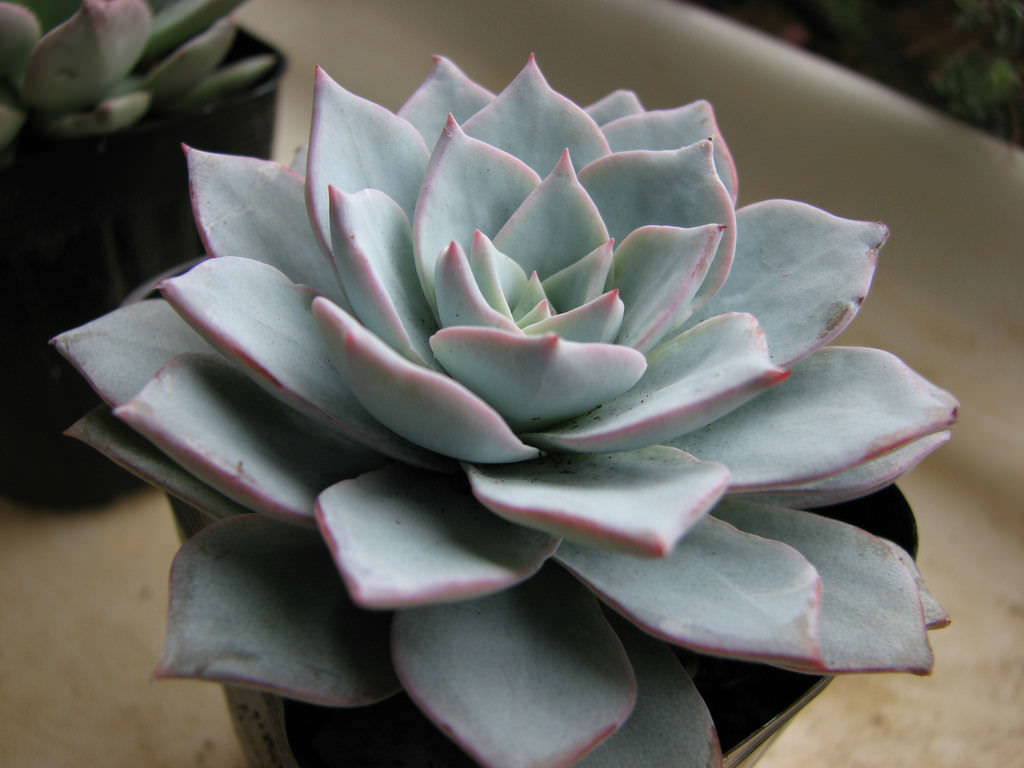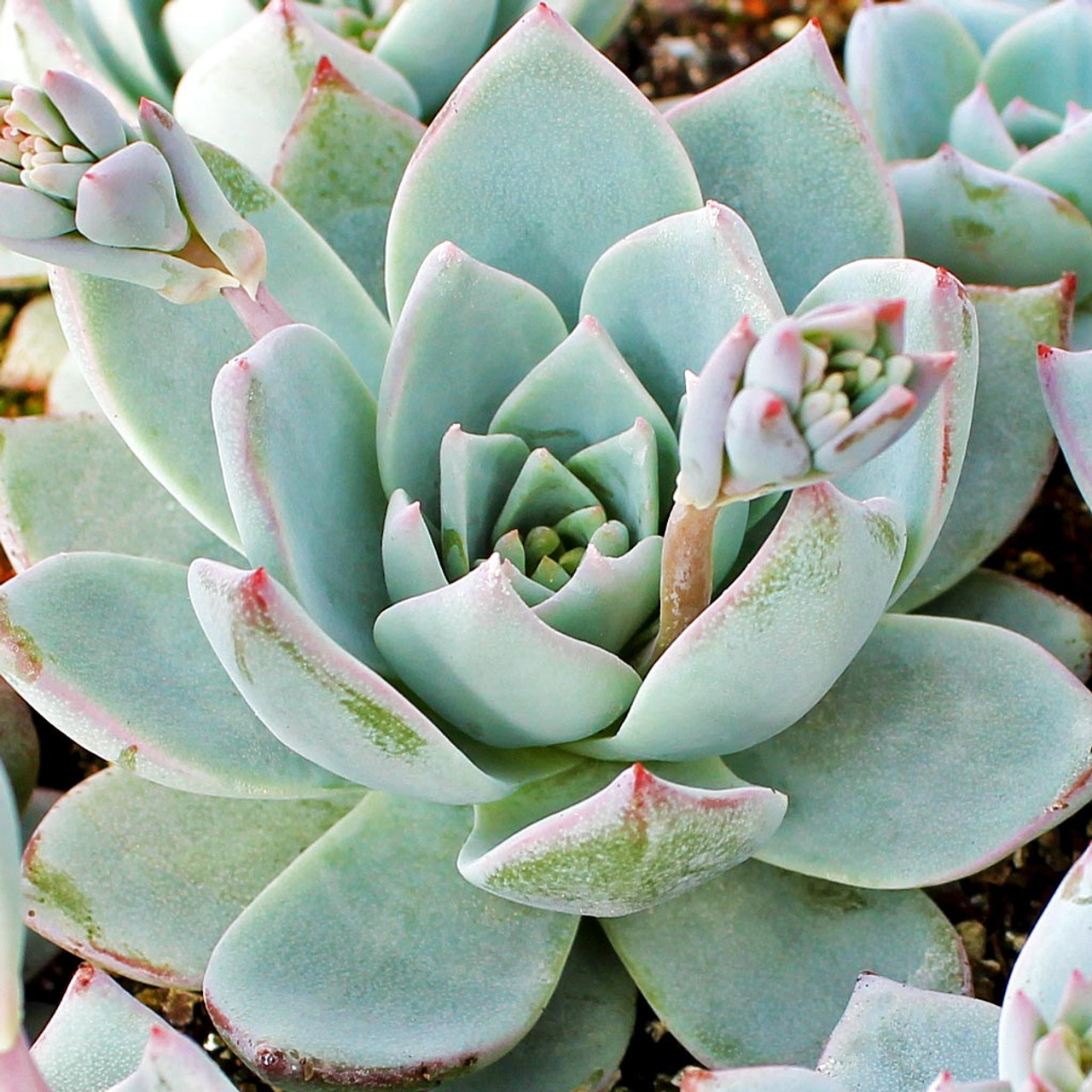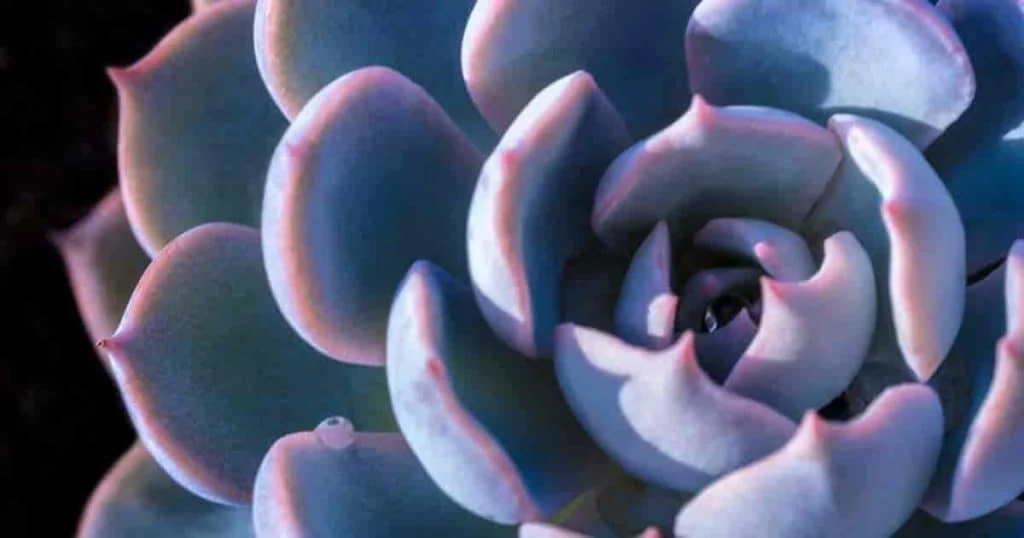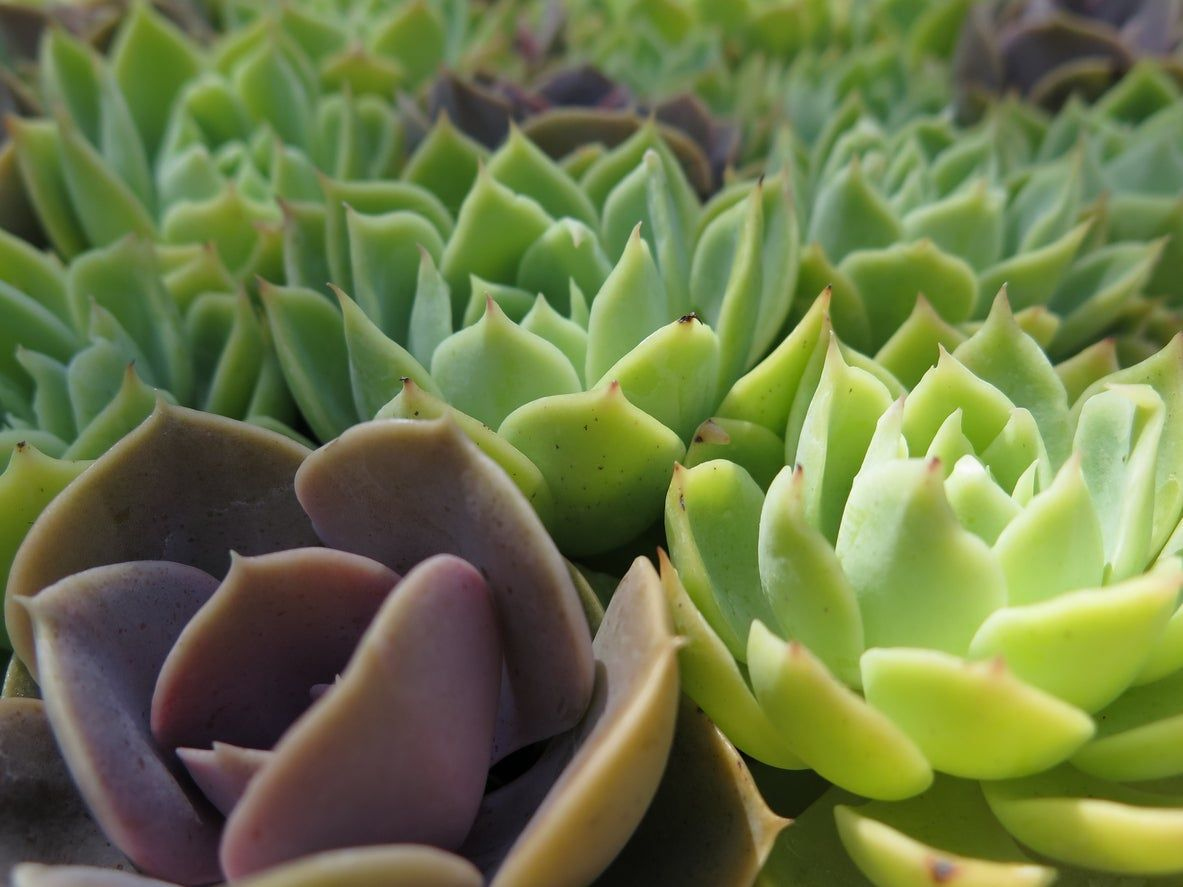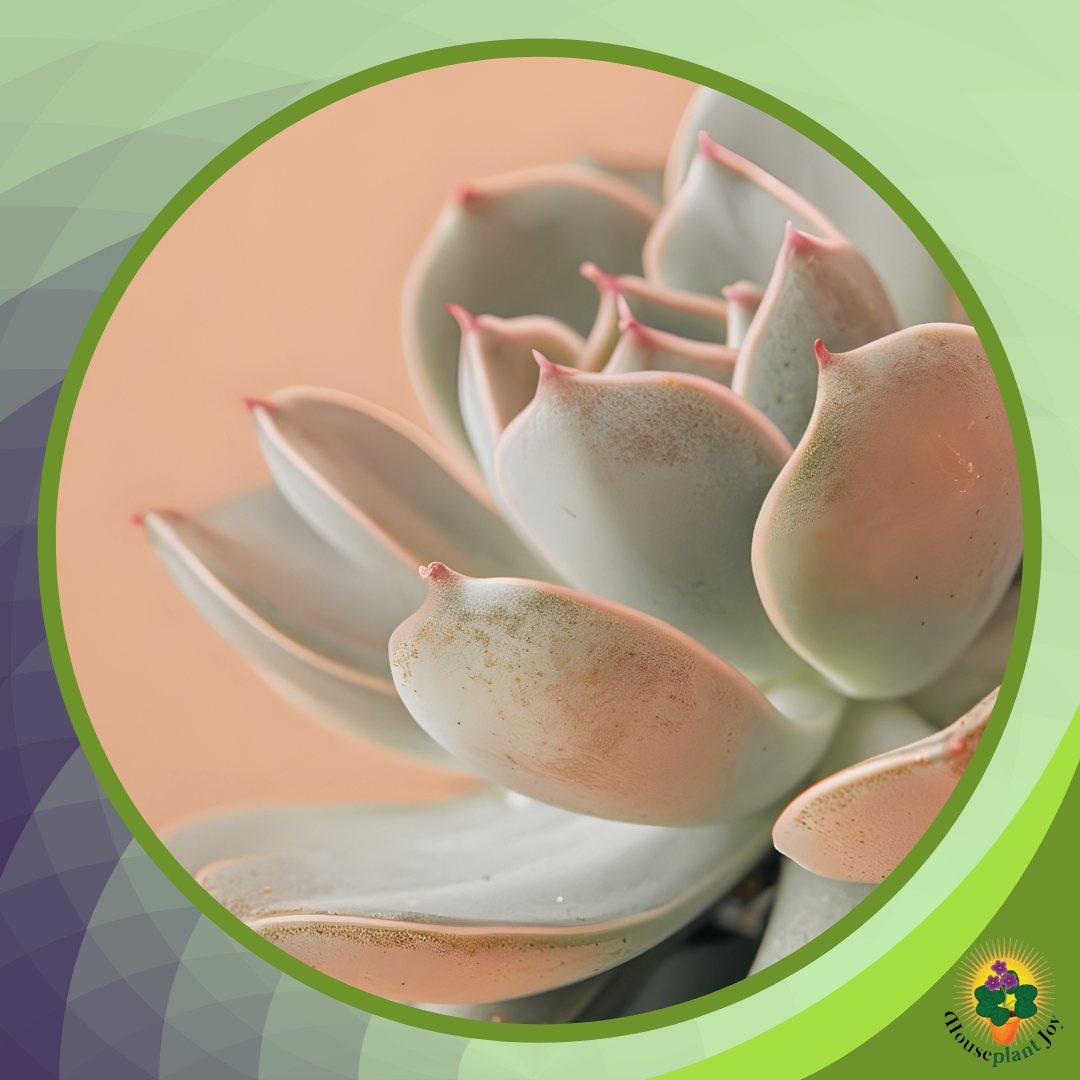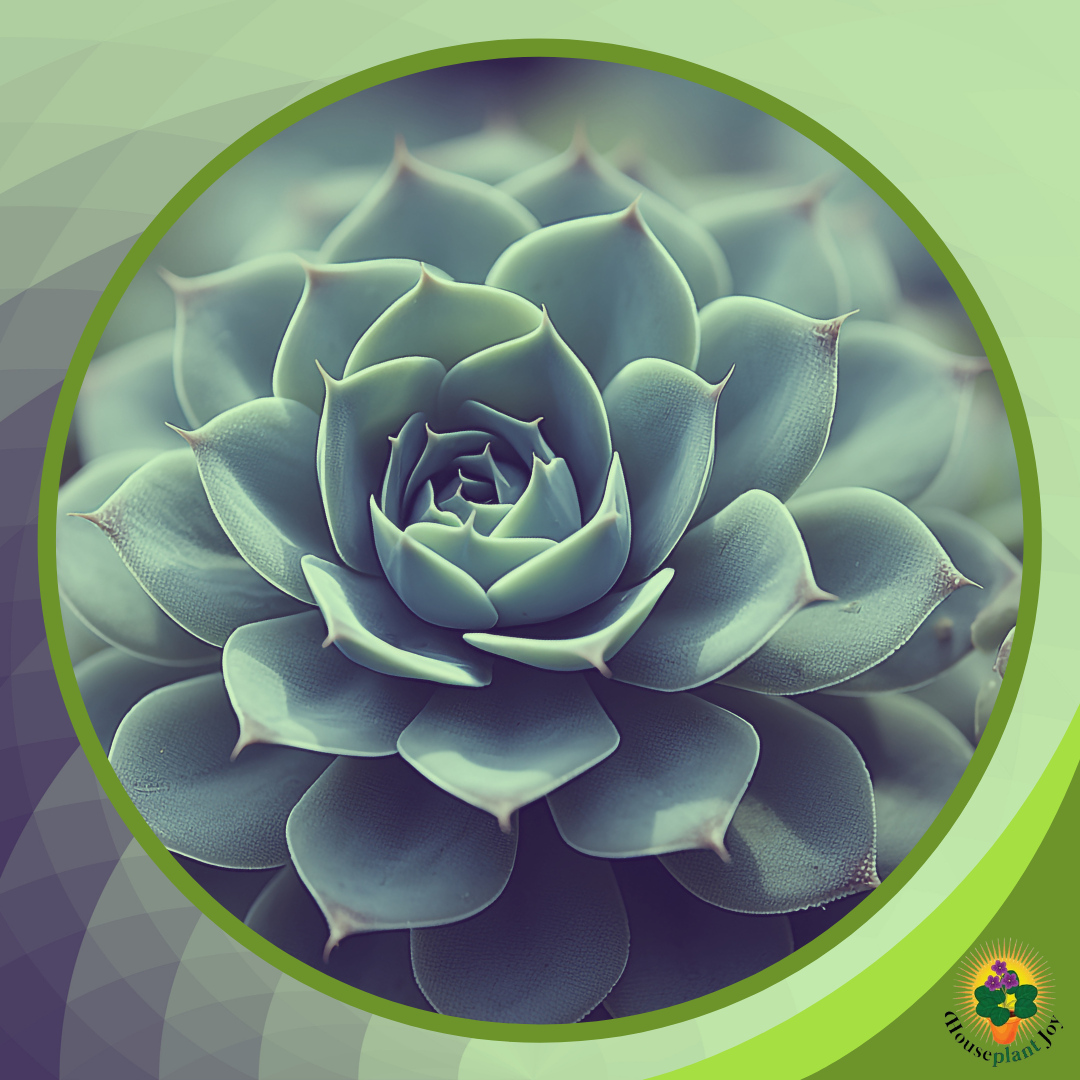HousePlantJoy is supported by our audience. When you purchase through one of our links, we may earn a small affiliate commission. As an Amazon Associate I earn from qualifying purchases. Your cost is not affected.
==================
Caring for peacock cactus plants has been a big adventure with lots of learning. At first, I was excited because they’re so pretty, but I quickly learned they’re not easy to care for. Finding the right place for them in my house was hard. They don’t like too much or too little sun.
But after some time and learning from my mistakes, I’ve improved at taking care of them. It’s all about watching closely and understanding what they need. It’s been hard, but seeing them do well makes me happy. Now, I’d like to share these easy-care tips with you! They’ll assist you in cultivating this stunning plant with minimal hassle.
Peacock Cactus Care 101: Everything You Need to Know for Lush Blooms
Photo by: World of Succulents
The Peacock Cactus, known by names like Peacock Echeveria or Cotyledon Peacockii, stands out among succulent plants due to its eye-catching vibrant colors and distinctive rosette shape. This plant is part of the Calathea genus and the Crassulaceae family, originating from Mexico and the dry regions of Central and South America, indicating its remarkable ability to thrive in challenging environments. additionally
A notable feature of the echeveria peacockii is its rosette, often highlighted with streaks of blue or silver and edged with hues of red or pink. These rosettes can expand to 6 inches across and feature unique, bud-like indentations on the stems.
Under ideal care, a Peacock Cactus can bloom with over 20 flowers in a season, offering a spectacular splash of color. This cactus has gained popularity among succulent lovers for its distinctiveness and stunning looks. It appeals to seasoned, succulent growers and beginners eager to introduce beauty into their plant collections. The echeveria peacockii stands out for its appearance and as a testament to succulents’ diversity and adaptability, making it a prized addition to any plant collection.
Key Highlights
- The Peacock Cactus, also known as Peacock Echeveria or Cotyledon Peacockii, boasts vibrant colors and a distinctive rosette shape.
- Originating from Mexico and the dry regions of Central and South America.
- Proper care involves understanding its lighting, watering, soil and pot, temperature, and humidity preferences. Seasonal adjustments ensure year-round beauty, with special care required during colder months to prevent frost damage.
- Propagation can be done through leaf cuttings or offsets.
- Vigilant pest control is necessary to prevent common threats like mealybugs and aphids.
Understanding Your Peacock Cactus
Photo by: Mountain Crest Gardens
To properly care for your peacock cactus, it’s essential to understand its unique characteristics. Succulents are pretty cool because they can stash water in their leaves, stems, or roots, which totally suits them for dry places like deserts.
The peacock cactus gets its name from its resemblance to a peacock’s tail feathers. Its rosette-shaped leaves are often streaked with shades of blue or silver and tipped with red or pink. These vibrant colors result from the pigments in the plant’s cells and can vary depending on sunlight and overall health.
In its natural habitat, the peacock cactus loves soaking up the sunshine outdoors and chilling in well-drained soil. It is well-adapted to withstand drought and can survive with minimal water. Understanding these natural preferences will help you create the conditions for your peacock cactus to thrive.
Essential Care Tips for a Thriving Peacock Cactus
Photo by: Plant Care Today
Ensuring your peacock cactus gets the right conditions is important for its growth and overall happiness. These little guys need some TLC to thrive but trust me; they can bring some serious beauty to your garden or indoor space if you give them what they need.
Optimal Lighting Conditions for Growth
Ensuring your echeveria peacockii gets just the right amount of light is important for its growth and overall health. These plants thrive in direct sunlight or partial sun, as they are adapted to withstand intense sunlight in their native environments. Take note of these key considerations for lighting conditions:
- Make sure your peacock cactus is placed where it can bask in at least 6 hours of sunlight daily. This will promote healthy growth and vibrant colors.
- If direct sunlight is unavailable, opt for a location with partial sun. This means the plant receives a few hours of direct sunlight in the morning or late afternoon while shading during the hottest part of the day.
- Avoid placing your echeveria peacockii in full shade, as it can cause the plant to become leggy and lose its vibrant colors.
- When cultivating indoors, position the plant close to a south-facing window or beneath grow lights to ensure it receives ample light for healthy growth.
Remember, peacock cacti are succulent plants that are well-adapted to withstand intense sunlight. Providing them with the right lighting conditions will ensure their overall health and vibrant appearance.
Watering Your Peacock Cactus: Dos and Don’ts
- Wait for Dry Soil: Water your Peacock Cactus only when the soil at the top feels dry to the touch. This ensures you’re not overwatering.
- Use Room-Temperature Water: Cold water can shock the plant’s roots. Always use water that’s at room temperature for hydration.
- Avoid Overwatering: Too much water is harmful. Succulents like the Peacock Cactus thrive in dryer conditions and can suffer from too much moisture. And don’t let it sit in the water
- Skip the Cold Water: Never use cold water as it can shock the plant, potentially causing damage to its roots and overall health.
Soil and Pot
It requires soil with excellent drainage, such as a cactus mix enriched with sand or pumice. Peacock Cacti have shallow root systems, so they thrive in shallow pots that prevent water from pooling at the bottom, away from the roots. Choose pots with drainage holes to enable excess water to drain away, thereby preventing root rot and maintaining the health of your cactus.
Temperature and Humidity
Echeveria peacockii prefers warm temperatures, ideally between 60 and 75 degrees Fahrenheit. It’s essential to protect it from frost. Regarding humidity, this species doesn’t require high levels of moisture.
Adjust care with seasonal cycles to ensure your peacock cactus maintains year-round beauty. During the warmer months, provide ample sunlight for growth. In winter, shield from frost to prevent damage. Avoid overwatering in colder seasons when the plant requires less moisture. As winter approaches, ensuring yourecheveria peacockii thrives is crucial. With a succulent’s inherent ability to withstand harsh conditions, there are still precautions to take.
Gradually reduce watering to accommodate the plant’s dormancy period during the colder months. Place your cactus in a cool, dry area with adequate ventilation to prevent rot. Shield it from frost by moving it indoors or providing protective coverings.
Here’s an additional video about caring for these cacti.
By: Succulents Box
Propagation Techniques for Peacock Cacti
Photo by: Gardening Know How
To propagate peacock cacti, use leaf cuttings or offsets for successful reproduction. You can easily propagate and expand your peacock cactus collection naturally and easily.
Step-by-Step Guide to Seed Germination
- Prepare Your Potting Mix: Start with a well-draining soil mix, perfect for succulents. This ensures that your seeds have the right environment to start growing.
- Moisten the Soil: Before sowing, lightly water the soil to make it damp, not soaked. This creates a welcoming environment for the seeds.
- Sow the Seeds: Spread the peacock cactus seeds evenly across the soil’s surface. They need light to germinate, so don’t cover them with more soil. And find a perfect spot
- Maintain Moisture: Use a spray bottle to mist the soil gently whenever it starts to dry out. Keeping the soil slightly moist is crucial for germination.
- Wait for Germination: It typically takes 1 to 3 weeks for echeveria peacockii seeds to germinate. Keep an eye on them and maintain the right conditions.
- Ensure Good Airflow: Once the seedlings appear, ensure they have good airflow around them. This helps prevent dampness issues that can harm young plants.
- Be Patient: Seed germination is a test of patience. Each seed sprouts in its own time, so give them the care they need and let nature do the rest.
How to Propagate from Cuttings Successfully
Propagation by stem cuttings is a popular method for multiplying many varieties of plants, including the vibrant peacock cactus. Here’s a step-by-step guide to help you propagate echeveria peacockii
from cuttings successfully:
- Select Healthy Cuttings: Choose healthy and mature leaves or stems for cuttings. The part you choose should be free of any signs of disease, damage, or stress, increasing the chances of successful propagation.
- Let the Cuttings Callus: After cutting, let the cut ends dry out and form calluses. This process usually takes a few days to a week, depending on the humidity and temperature. The callus formation is crucial as it helps prevent rotting when planted.
- Use Well-Draining Soil: Prepare a pot with well-draining soil specifically for cacti and succulents. These soils usually mix sand, perlite, and organic material, providing ideal drainage and aeration for cactus cuttings.
- Plant the Cuttings: Plant them in the prepared soil once the cuttings have been callused. Insert the callused end into the soil. For leaf cuttings, you can lay them on top of the soil.
- Water Sparingly: Initially, keep the soil lightly moist but not soggy. Wait until the soil is almost dry before lightly misting or watering again.
- Provide Ideal Conditions: Place the pot in a warm, brightly lit area without direct sunlight, which can scorch the tender cuttings. Indirect light is ideal for encouraging growth without causing damage.
- Wait for Root Development: During this time, minimal watering is crucial, as the cuttings are highly susceptible to rot.
- Transplantation: Once the cuttings have established roots and show signs of new growth, they can be transplanted into individual pots if necessary. Continue caring for them as you mature peacock cacti, gradually acclimating them to more direct sunlight.
Peacock Cactus Health Management
Photo by: Dave’s Garden
Peacock cactus health management involves vigilant pest control measures to ward off common threats like mealybugs and aphids. Regular inspections are crucial to catch any early signs of infestation. To maintain optimal health, ensure your cactus is not overwatered, as these plants do not require much water. Proper ventilation and moderate humidity levels are key. Act promptly with appropriate treatments to safeguard your echeveria peacockii in case of disease.
Identifying and Treating Common Pests and Diseases
Spider mites and mealybugs are common pests affecting peacock cacti. Look for webbing or white cotton clusters on the plant. To treat, gently wipe the affected areas with rubbing alcohol. Thrips can also infest these plants, causing damage to leaves. Neem oil is an effective remedy against thrips.
Bacterial or fungal diseases may occur due to overwatering. To prevent these, ensure proper drainage and avoid waterlogged soil.
Here’s a video addition featuring other cactus varieties that you may want to cultivate.
By: AgroStar
Flourishing Peacock Cactus
The Peacock Cactus, also known as Peacock Echeveria or Cotyledon Peacockii, was a captivating succulent plant renowned for its vibrant colors and distinctive rosette shape. Originating from Mexico and the dry regions of Central and South America, it demonstrated remarkable adaptability to challenging environments. To ensure the health and vibrancy of your Peacock Cactus, it was essential to understand its unique characteristics and provide appropriate care, from the optimal lighting to temperature and humidity.
The Peacock Cactus could be propagated through leaf cuttings or offsets, allowing enthusiasts to expand their collection naturally. Vigilant pest control measures were necessary to ward off common threats like mealybugs and aphids, while seasonal adjustments in care ensured year-round beauty. Preparing the Peacock Cactus for winter during the colder months involved gradually reducing watering to accommodate dormancy, placing it in a cool, dry area with adequate ventilation, and shielding it from frost.
By following these guidelines and understanding the unique needs of the Peacock Cactus, enthusiasts could enjoy its striking beauty and resilience throughout the year. For more expert tips on caring for your Peacock Cactus and other succulent plants, visit the website of House Plant Joy!
Frequently Asked Questions
How Often Should I Repot My Peacock Cactus?
Repot your peacock cactus every 2-3 years to refresh the soil nutrients and provide ample space for growth.
Can Peacock Cactus Bloom Indoors?
Peacock cacti can bloom indoors with proper care. Providing adequate sunlight and controlled watering can encourage blooming. The unique beauty of peacock cactus flowers adds charm to indoor spaces. Learn how to nurture your cactus for vibrant blooms.
Is the Peacock Cactus Suitable for Beginners?
The Peacock Cactus is an excellent option for beginners because it has minimal maintenance needs and is very resilient.

